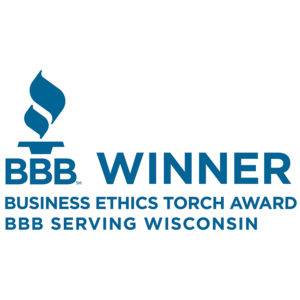The relationship between a hospital or health system and its agency partners is increasingly critical for the revenue cycle of an acute-care organization. As patient responsibility rises with the increased adoption of employer-sponsored high deductible health plans and ACA exchange plans, the patient as payer requires more focus to ensure cash collected with this payer class is done so efficiently and effectively. A significant part of this process falls on the ability of hospitals and health systems to communicate and collaborate with their agency partners to maximize performance.
There are 7 steps a hospital or health system can consider to improve agency performance.
- Compare Vendor Performance
Great agency relationships are built on a foundation of data that all parties agree is accurate. Providers should establish common data definitions across all vendors and standard, network-wide performance measures and metrics. This reduces ongoing IT costs and gives business office teams a view that puts everyone on a level playing field, allowing for an apples-to-apples comparisons period over period as well as vendor to vendor. - Measure Processes As Well As Outcomes
Measures of both collection data and work process data provide greater visibility to activity which can improve performance. Insight can be gained by looking at what letters were sent and calls made, when the activity occurred and what promises were made, in addition to traditional performance measures – what cash was collected and adjustments made. - Establish Clear and Comprehensive Policies and Procedures
Provide agencies and the business office clear boundaries of what is and is not acceptable. Be as explicit as possible to improve alignment and reduce the risk from different interpretations. Employees and agencies perform better when rules and expectations are clearly defined. Consider policies and procedures for collection tactics, dispute resolution, recall extensions, settlement limits and payment plan guidelines. - Reduce the Risk of Lost Accounts
As many as 20% of accounts sent to an agency will require subsequent follow up or approval by the business office. Common situations that require communication include requests for additional documentation, early recalls, finding new insurance coverage and alerting the provider that a patient is deceased or bankrupt. With this activity, providers and agencies must standardize and document the process for each time of exception – who does what when, and what happens next. Business offices operating with undocumented processes experience more issues when employees turnover, business mix changes or new processes are introduced. - Reconciliation Is Not Optional
Without consistent, regular inventory reconciliation, 10-15% of account inventory held by agencies is typically inconsistent with a hospital or health system’s records. The most frequent discrepancies are the balance on an account, which agency is working an account and if the account is active. Inventory errors create opportunities for inappropriate collections efforts. - Technology is Critical
With thousands of accounts moving between the hospital or health system and agencies in their network, a platform to manage the data and communications is required. Go from a few agencies in your network to many and your management challenges grow exponentially. Consider technology which will simplify communications, eliminate lost accounts, support policies and procedures while supporting a process for improved collections performance across all of the agencies in your network. - Providers and Agencies Share Problems and Opportunities
Collaboration between hospitals and health systems and their agency partners is critical. Improved performance for patient-pay accounts is a joint responsibility. With communication and collaboration, the challenges can be minimized and the opportunities can be maximized.
Hospitals and health systems committed to employing these approaches can realize up to a 30% increase in cash collected, a 25% reduction in costs and increased patient satisfaction. With patient responsibility on the rise, there is no time like the present to solve patient-pay.
About State Collection Service, Inc.
Since 1949, State Collection Service has provided quality collection service to countless healthcare organizations.
Through experience and innovation, State Collection Service has grown to become a tremendously credible and nationally-recognized collection agency offering services from pre-registration to bad debt. It is upon the basis of ethical behavior and a dedication to integrity that each State Collection Service employee works to uphold the company’s vision – Partnerships for a Lifetime.
*This article first appeared in “A State Collection Service, Inc. Newsletter Volume 21, Issue 1, First Quarter 2015”















